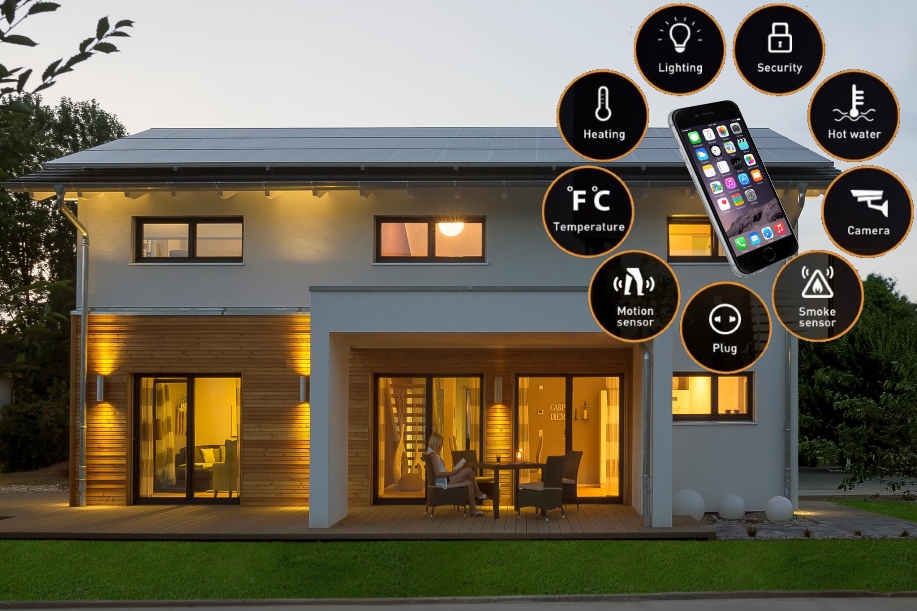
In today's rapidly evolving technological landscape, the concept of a smart home has gained immense popularity. But what exactly is a smart home? In this comprehensive blog post, we will delve into the depths of this cutting-edge technology, exploring its various aspects, functionalities, and the transformative impact it has on our daily lives.
- Defining a Smart Home:
A smart home refers to a residence equipped with advanced automation systems and interconnected devices that can be controlled remotely. It integrates various technologies, such as Internet of Things (IoT), artificial intelligence (AI), and voice recognition, to enhance convenience, security, energy efficiency, and overall comfort. - Key Components and Features:
A smart home comprises a multitude of interconnected devices, including smart thermostats, lighting systems, security cameras, appliances, and entertainment systems. These devices can be controlled through a central hub or smartphone app, allowing users to monitor and manage their homes remotely. Additionally, voice assistants like Amazon Alexa or Google Assistant enable hands-free control, making the experience even more seamless. - Enhanced Convenience and Comfort:
One of the primary benefits of a smart home is the convenience it offers. Imagine being able to adjust the temperature, turn on the lights, or even start your coffee maker, all with a simple voice command or a tap on your smartphone. Smart homes streamline daily tasks, saving time and effort, while creating a personalized and comfortable living environment tailored to individual preferences. - Heightened Security and Safety:
Smart home security systems have revolutionized the way we protect our homes. With features like motion sensors, door/window sensors, and video doorbells, homeowners can monitor their properties in real-time, receive instant alerts, and even remotely grant access to trusted individuals. Furthermore, AI algorithms can detect anomalies and potential threats, enhancing overall safety and peace of mind. - Energy Efficiency and Sustainability:
Smart homes are designed to optimize energy consumption, reducing both environmental impact and utility bills. Smart thermostats automatically adjust temperature settings based on occupancy and weather conditions, while smart lighting systems adjust brightness and turn off when not needed. Additionally, energy monitoring devices provide real-time insights, empowering homeowners to make informed decisions and adopt sustainable practices. - Future Possibilities and Integration:
The potential of smart homes extends far beyond the current capabilities. As technology advances, we can expect further integration with wearable devices, health monitoring systems, and smart appliances. Imagine a home that analyzes your sleep patterns and adjusts the lighting and temperature accordingly, or a refrigerator that automatically orders groceries when supplies are running low. The possibilities are endless, and the future of smart homes is incredibly exciting.
Conclusion:
In conclusion, smart homes represent a paradigm shift in the way we live, offering unparalleled convenience, security, energy efficiency, and comfort. With their interconnected devices, advanced automation systems, and integration of cutting-edge technologies, smart homes are transforming the way we interact with our living spaces. Embracing this technology opens up a world of possibilities, making our lives more efficient, sustainable, and enjoyable.




